1. Lions
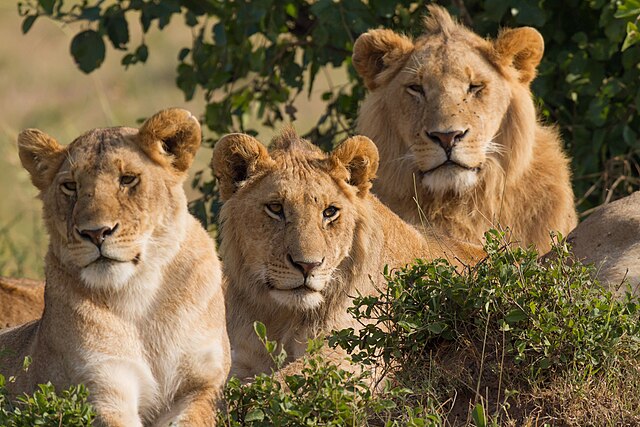
When you think of lions, images of majestic leaders of the savanna probably come to mind. But in certain situations, male lions will kill cubs, even their own. Why? It’s all about survival and genetic dominance. When a new male takes over a pride, he often eliminates the cubs sired by the previous leader to ensure his offspring get all the resources.
This might sound brutal, but it’s nature’s way of maintaining the strongest lineage. Interestingly, lionesses sometimes fight back or try to protect their cubs from this grisly fate. However, they often give in and eventually mate with the new male, ensuring the pride’s stability. This phenomenon highlights the harsh realities of life in the wild, where the survival of the fittest can mean heart-wrenching sacrifices. For lions, it’s not personal, it’s just evolution at work. Source: Africa Geographic
2. Hamsters
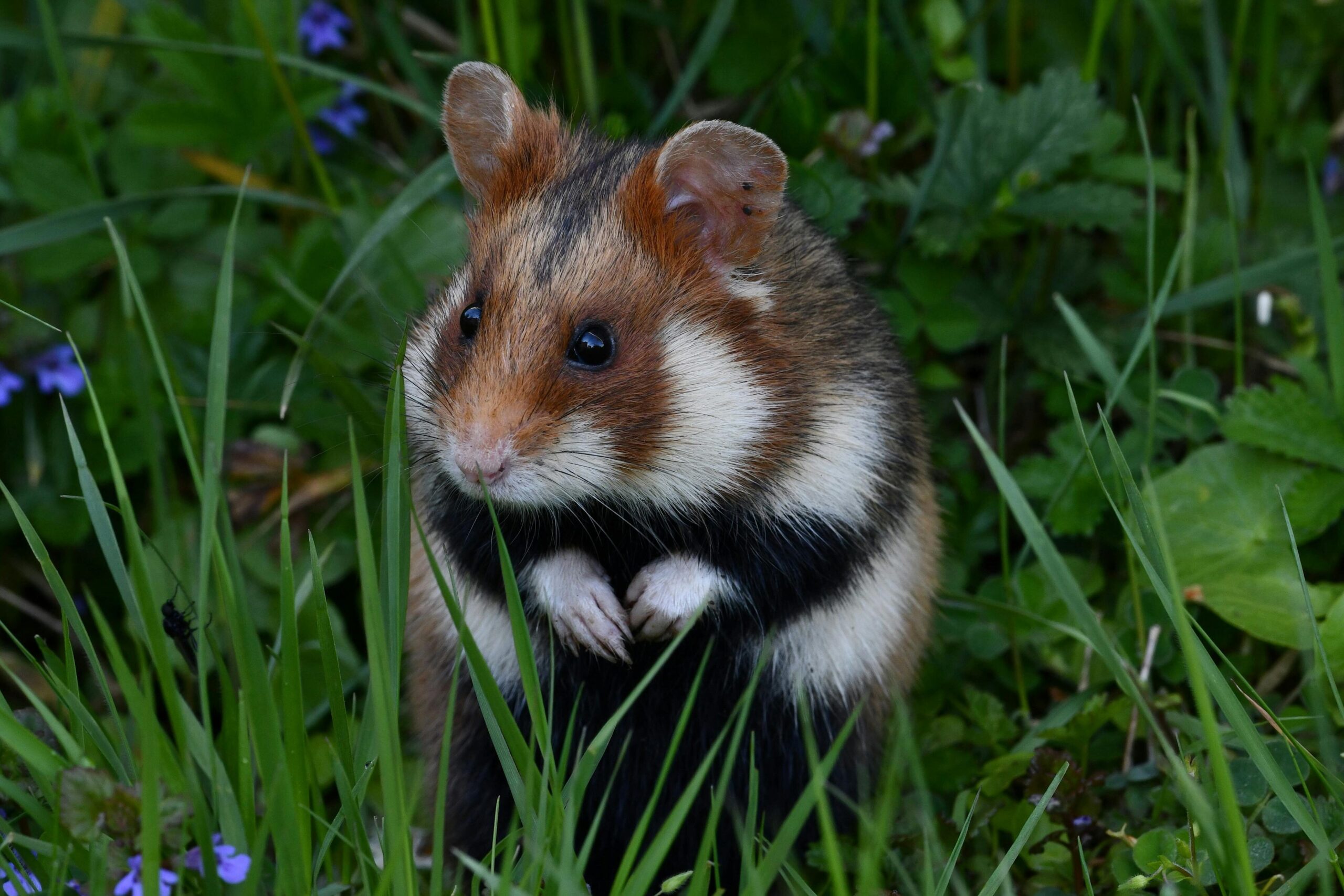
Hamsters might look cute and cuddly, but they have a darker side when it comes to parenting. In some cases, a mother hamster will eat her babies. It sounds horrifying, but there’s a twisted logic behind it. If a mother feels stressed, overcrowded, or thinks her litter won’t survive, she might reduce their numbers to give the remaining babies a better chance.
Inexperienced hamster moms are also more likely to eat their young, as they might not fully grasp their maternal instincts yet. While this behavior is rare in domesticated hamsters, it’s a natural survival mechanism in the wild. As disturbing as it seems, this grim strategy ensures that the mother and the strongest pups survive in less-than-ideal conditions. Source: The Spruce Pets
3. Chickens
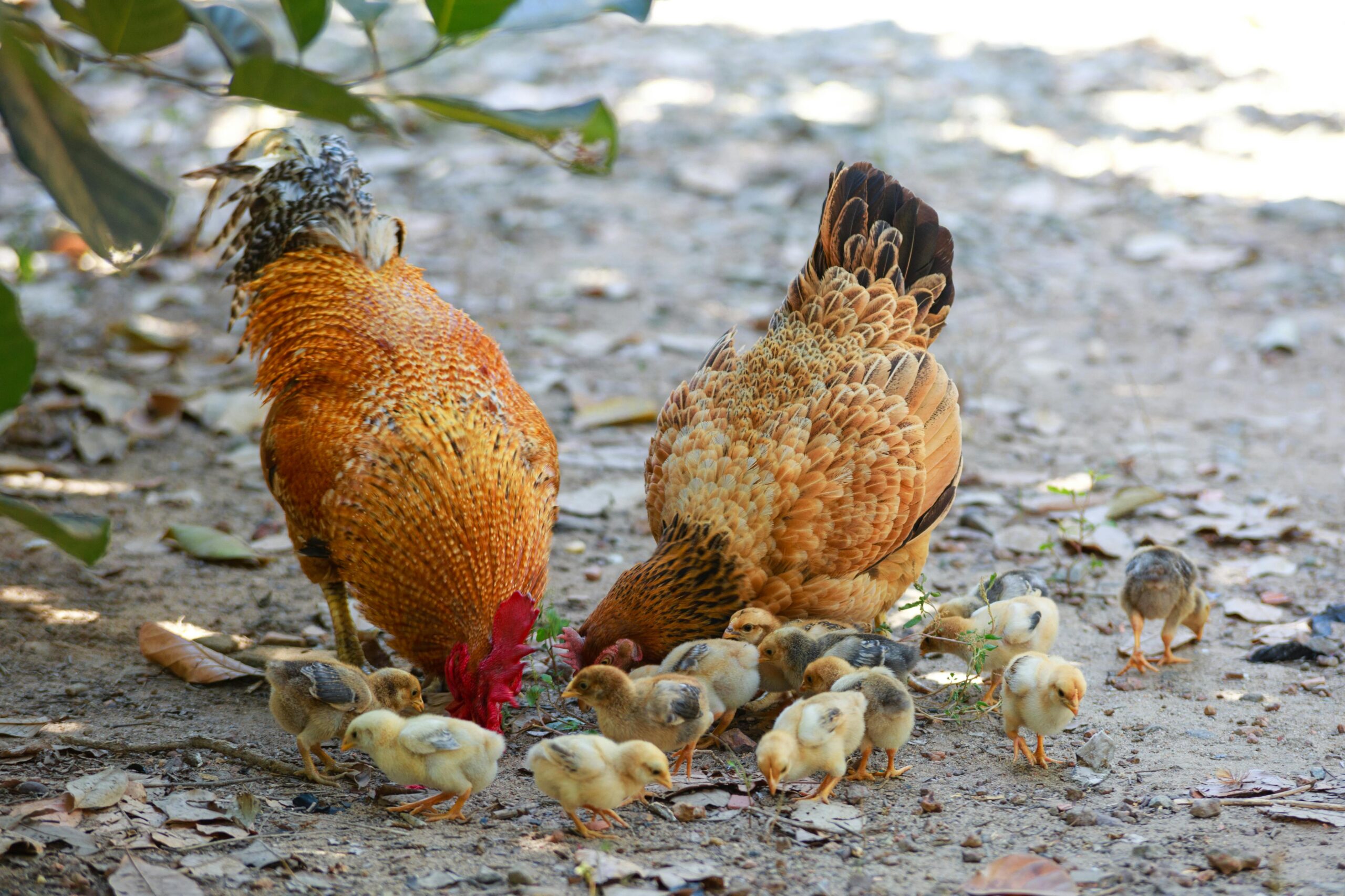
Chickens may not come to mind when you think of infanticide, but under stress, they can exhibit some shocking behaviors. Overcrowding, lack of resources, or even boredom can lead to a hen pecking and killing her own chicks. The pecking order is a real thing in chicken society, and sometimes, it can turn deadly.
Farmers and hobbyists often try to prevent this by providing plenty of space, food, and enrichment for their flocks. But in the wild or poorly managed environments, this behavior ensures that limited resources aren’t stretched too thin. It’s a grim but effective way to manage population control within the coop. Source: ChickenRise
4. Rabbits
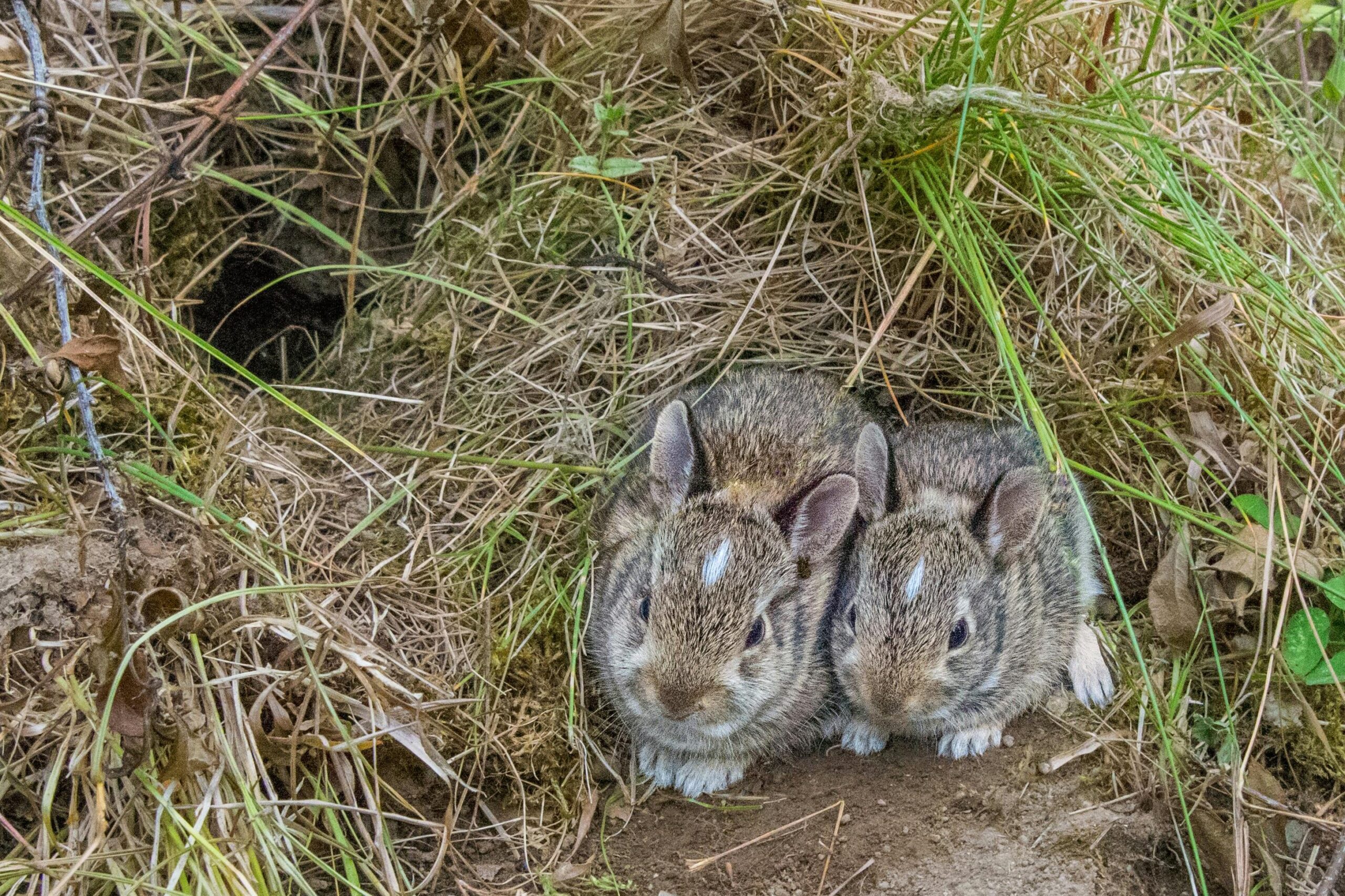
Rabbits are another surprisingly common example of animals that eat their own young. If a mother rabbit feels her nest has been disturbed or threatened, she might consume her babies to eliminate any trace of their presence to predators. This might sound counterproductive, but in the wild, a predator-free nest is essential for future litters.
First-time rabbit moms are also more likely to eat their kits, especially if they’re stressed or overwhelmed. In domestic settings, this can often be prevented by ensuring the rabbit has a safe, quiet space to give birth and raise her young. It’s a fascinating, albeit gruesome, survival mechanism that highlights how stress and environmental factors can influence animal behavior. Source: Rabbit Smarties
5. Praying Mantises
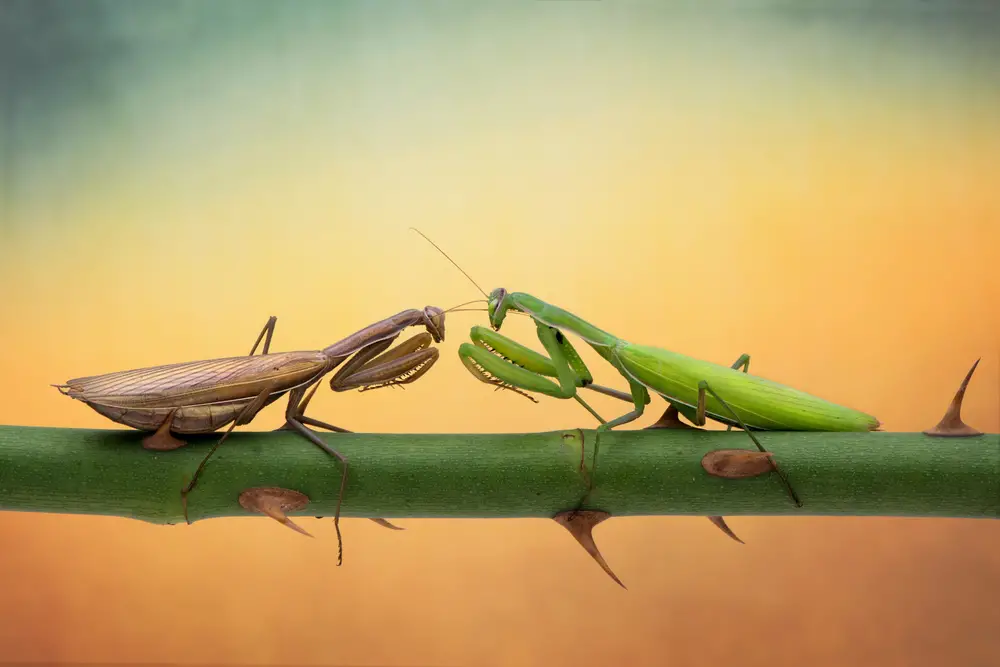
Praying mantises are infamous for their cannibalistic tendencies, even beyond their notorious mating rituals. In some cases, a female mantis might eat her eggs or nymphs if food is scarce. This ensures that she has the energy to produce another brood in the future. Cannibalism is also common among mantis nymphs, with stronger siblings consuming the weaker ones soon after hatching. It’s nature’s way of weeding out the less fit individuals and ensuring the survival of the fittest. While it’s unsettling to watch, it’s just another example of the harsh realities of the insect world.
6. Polar Bears

Polar bears are iconic predators, but they’re not immune to the desperate realities of survival. When food is scarce, adult polar bears typically males may attack and eat cubs, even their own. This behavior is often driven by extreme hunger due to declining sea ice and dwindling hunting grounds. For mother bears, this means constantly defending their cubs from potential attacks. While heartbreaking, this behavior underscores the dire consequences of environmental challenges like climate change. It’s a stark reminder of how survival instincts can push even the most majestic creatures to unthinkable acts.
7. Cane Toads

Cane toads are notorious for being an invasive species, but they’re also known for their cannibalistic tendencies. Tadpoles often eat eggs from their own species to reduce competition for food and space. This gruesome behavior might seem cruel, but it’s actually a highly efficient survival strategy. In areas where cane toads are overpopulated, this self-cannibalism helps control numbers and ensures that the strongest individuals survive. It’s a fascinating yet disturbing glimpse into how species adapt to thrive in challenging environments.
8. Spiders
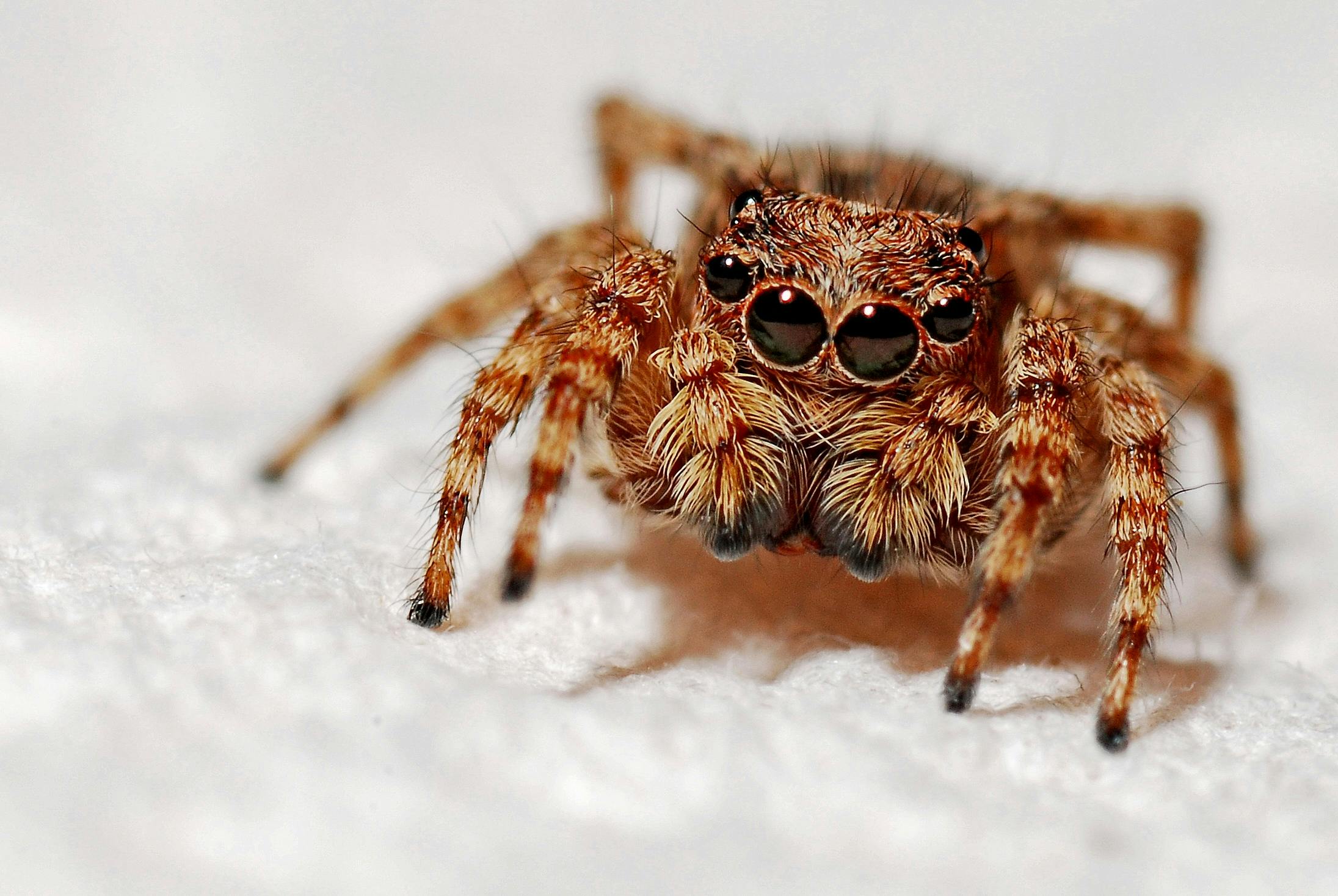
Spiders are notorious for their cannibalistic habits, and mothers often take this behavior to an extreme. Some species, like the black lace-weaver spider, will allow their offspring to eat them after hatching. Known as matriphagy, this act ensures that the young start life with plenty of nutrients to grow strong. While it sounds horrifying, it’s a sacrifice that benefits the survival of the entire brood. In other cases, spiderlings may devour each other if food is scarce. This brutal behavior is nature’s way of ensuring that only the fittest make it to adulthood. It’s a haunting reminder of how survival instincts can turn even the most nurturing acts into something macabre.
9. Sharks

Some shark species, like the sand tiger shark, take sibling rivalry to a new level before they’re even born. In a phenomenon called intrauterine cannibalism, the strongest embryos consume their weaker siblings while still in the womb. This bizarre behavior ensures that only the strongest pups are born, giving them a better chance of surviving in the wild. It might sound extreme, but in the harsh marine environment, every advantage counts. By the time a sand tiger shark pup is born, it’s already a proven survivor. While unsettling, this practice underscores the relentless nature of evolution and the lengths animals will go to ensure their genetic legacy.
10. Tigers: Eliminating Competition

While tigers are often solitary, males occasionally kill and eat cubs, including their own. This behavior is driven by territorial instincts and the desire to mate with the cubs’ mother. By eliminating her offspring, the male ensures that she comes back into heat and can produce his cubs instead. It’s a brutal reality for tiger cubs, especially in areas where competition for resources is fierce. Mothers will fiercely protect their young, but they’re not always successful. These instances highlight the darker side of big cat behavior and the harsh realities of life in the wild.
11. Chinchillas: When Overwhelm Takes Over
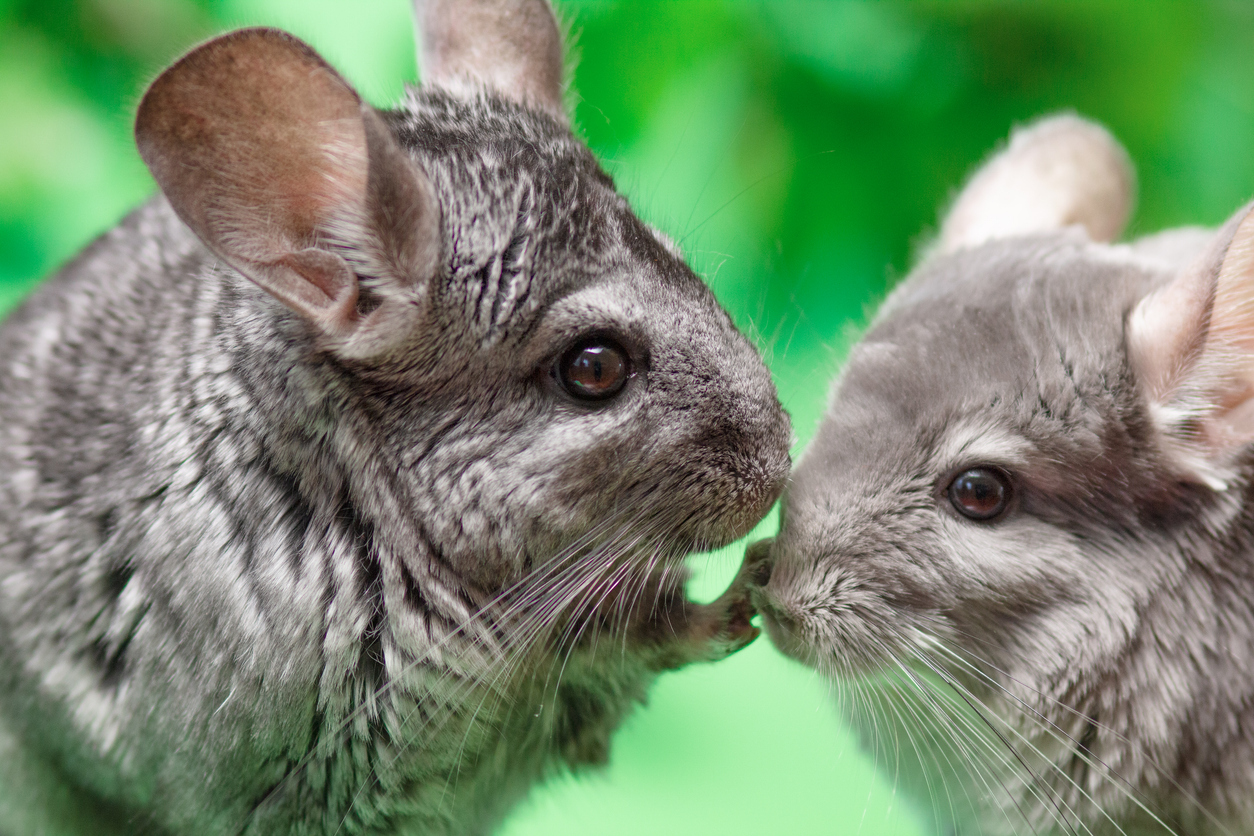
Chinchillas, often thought of as adorable and harmless pets, can shock owners with their occasional infanticide. In stressful situations or overcrowded environments, a mother chinchilla might kill and eat her young. It’s a harsh survival mechanism designed to protect future litters and maintain her own health. This behavior is more common among inexperienced mothers or those living in unsuitable conditions. Providing a safe, quiet space for chinchillas to raise their young can significantly reduce the likelihood of this behavior. It’s another example of how stress can bring out the most unexpected instincts in animals.
12. Frogs: Sacrificing for Survival
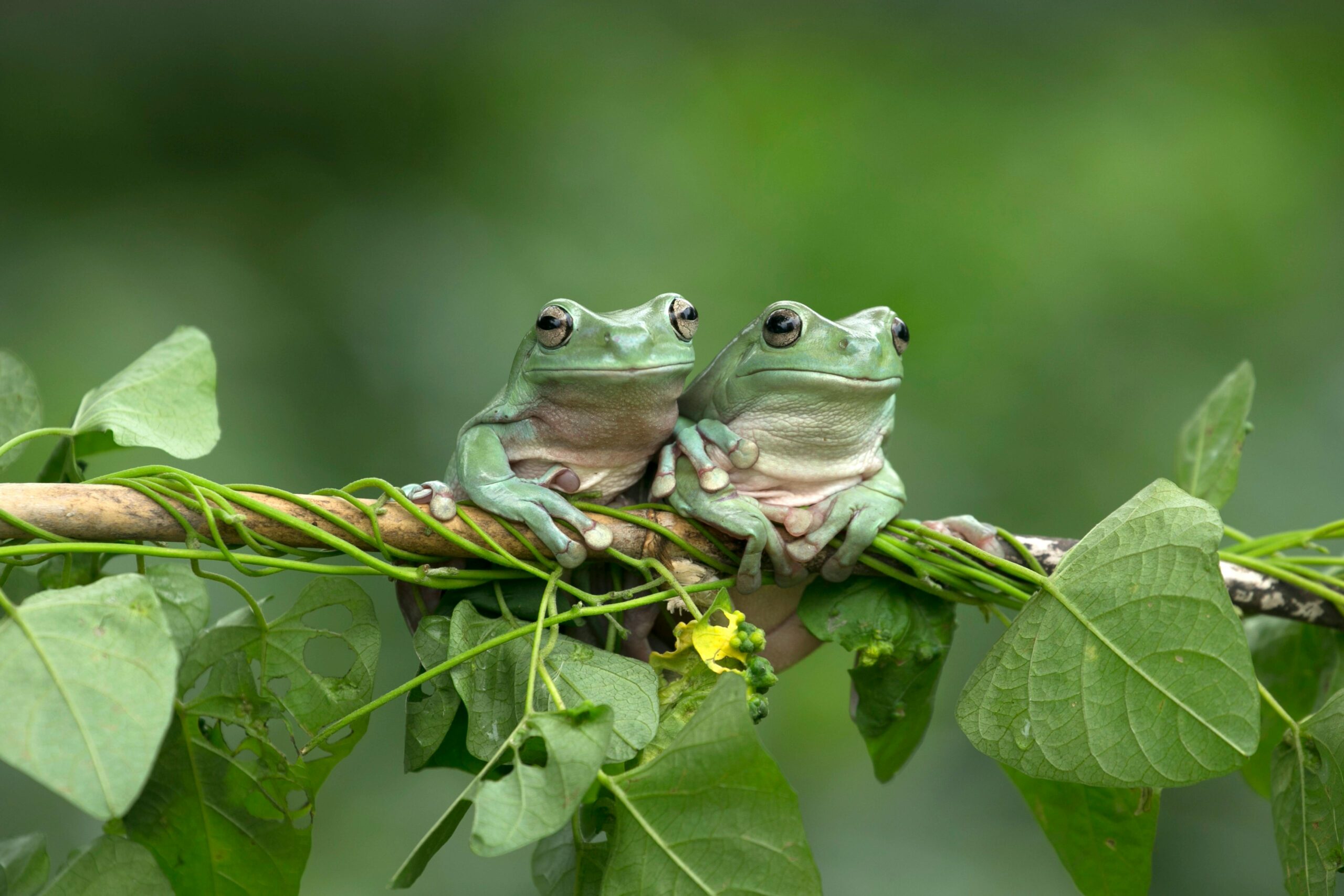
Certain frog species are known for their cannibalistic tendencies, particularly in overcrowded or resource-scarce environments. Tadpoles may eat eggs or even other tadpoles to reduce competition and secure their own survival. This behavior, while grim, ensures that only the strongest individuals make it to adulthood. Some frog species even lay “sacrificial” eggs, which are designed to be eaten by their offspring as a source of nutrition. It’s a fascinating yet unsettling adaptation that showcases the lengths animals will go to in order to thrive. For frogs, cannibalism is just another tool in their survival toolkit.
13. Hedgehogs: Stress-Induced Cannibalism
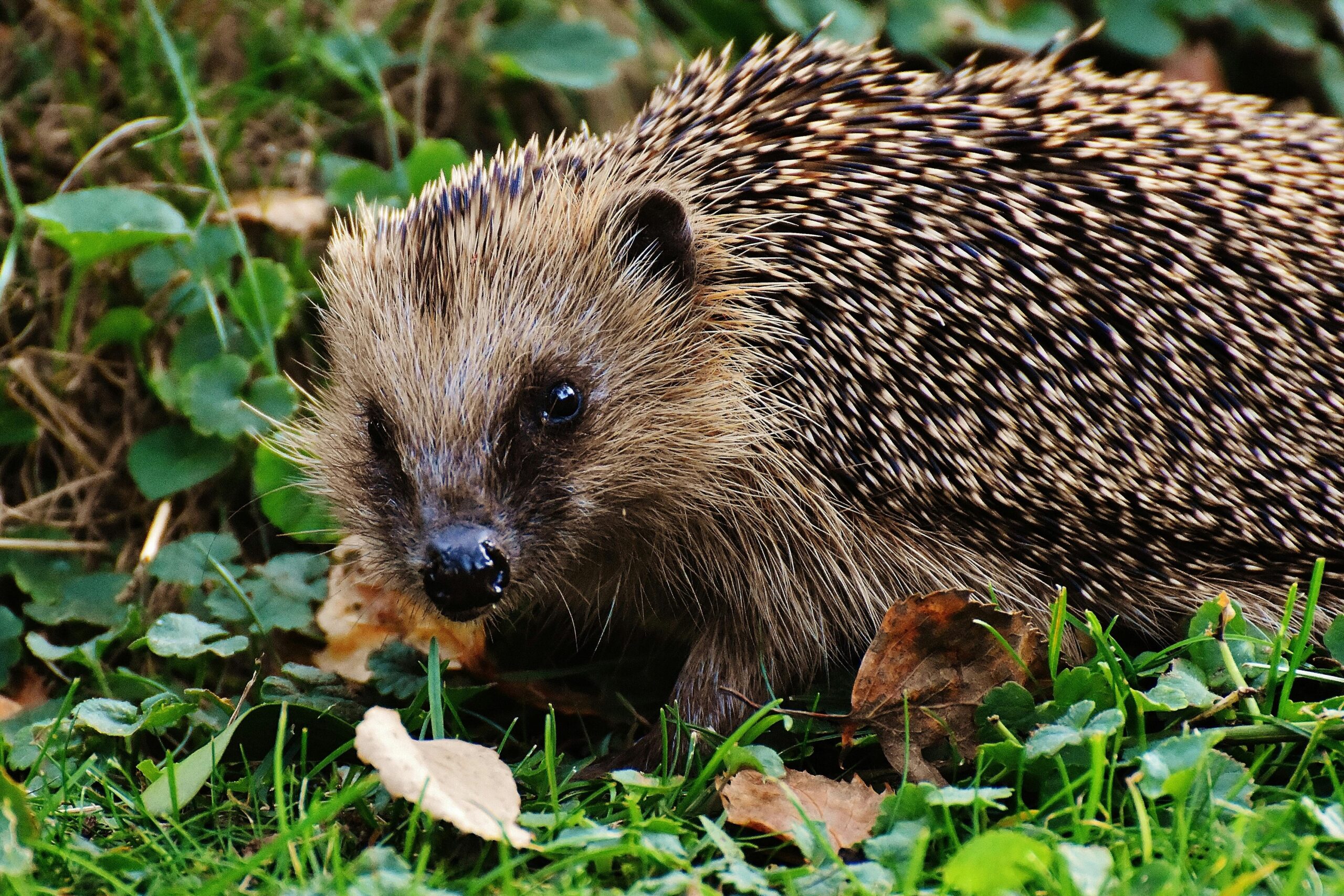
Hedgehogs, often seen as adorable and harmless creatures, can shock owners with their occasional infanticide. If a mother hedgehog feels stressed, threatened, or unwell, she might eat her young. This behavior is a way to eliminate weak or vulnerable offspring and conserve her energy for future litters. In captivity, this is often caused by human interference or unsuitable living conditions. Providing a quiet, secure space for hedgehogs to give birth and raise their young can help prevent this behavior. While it’s rare, it serves as a reminder of how stress and environmental factors can influence even the most seemingly docile animals.


